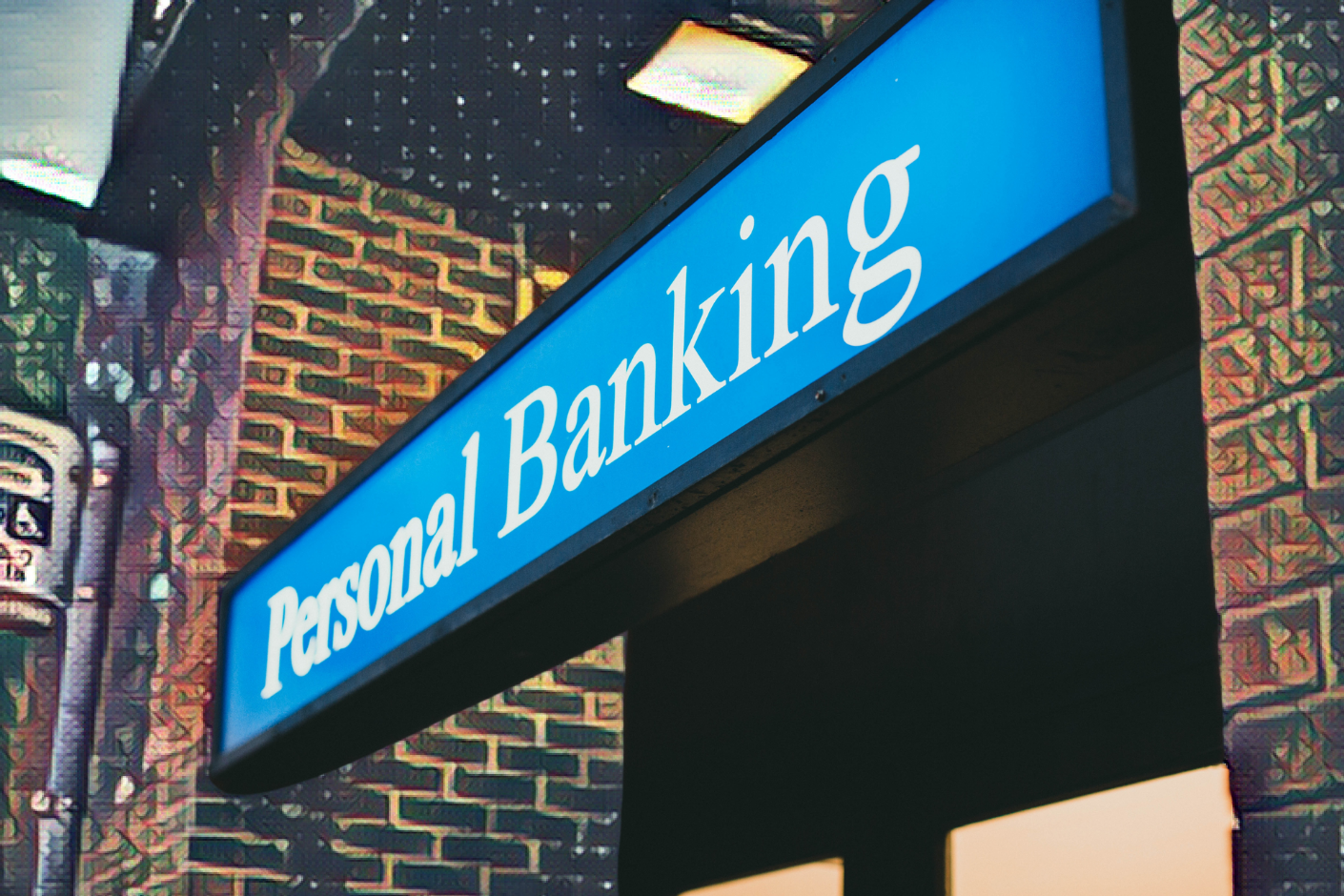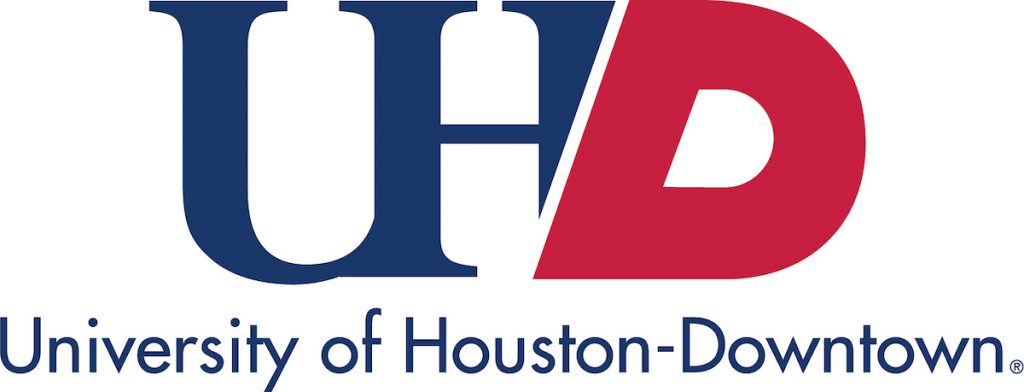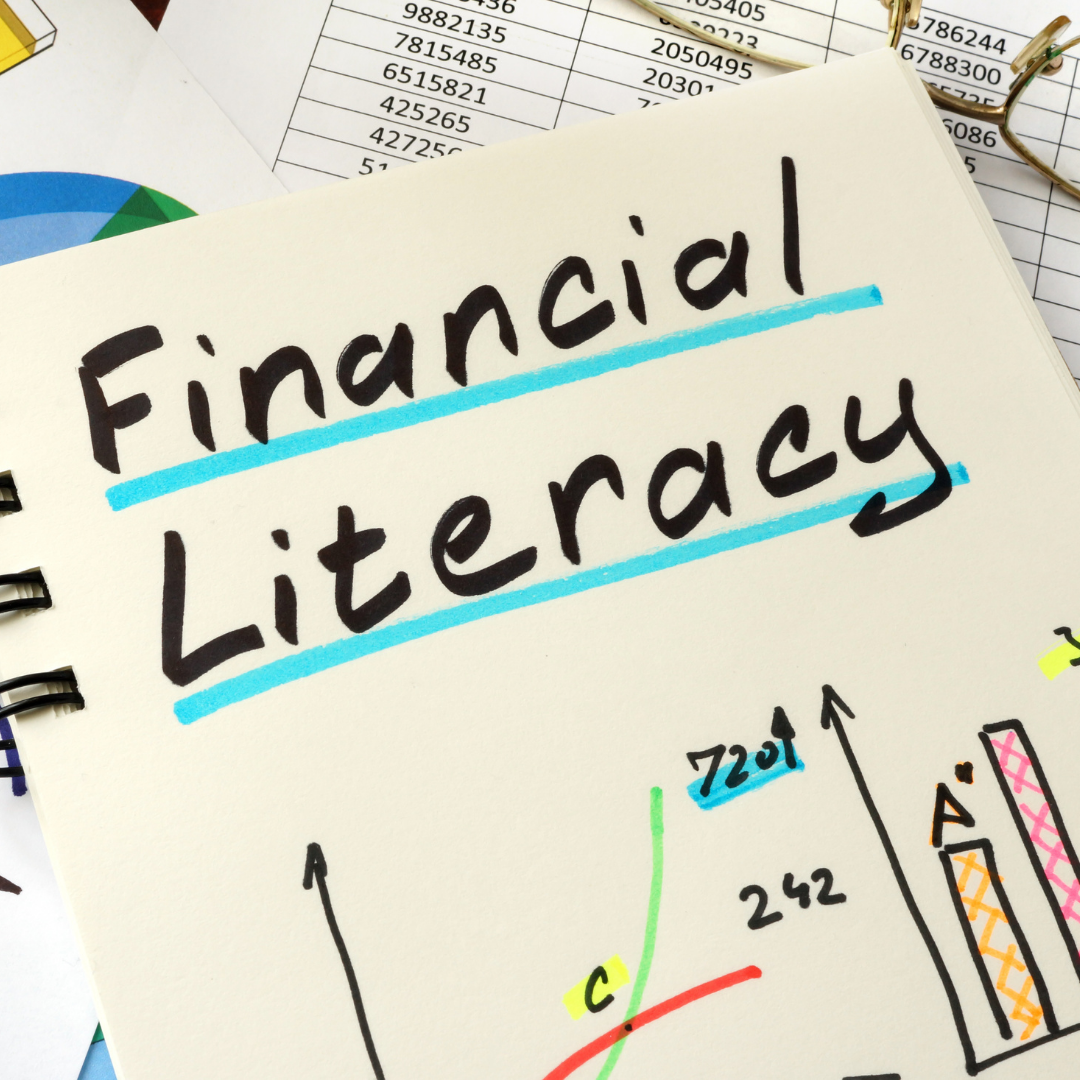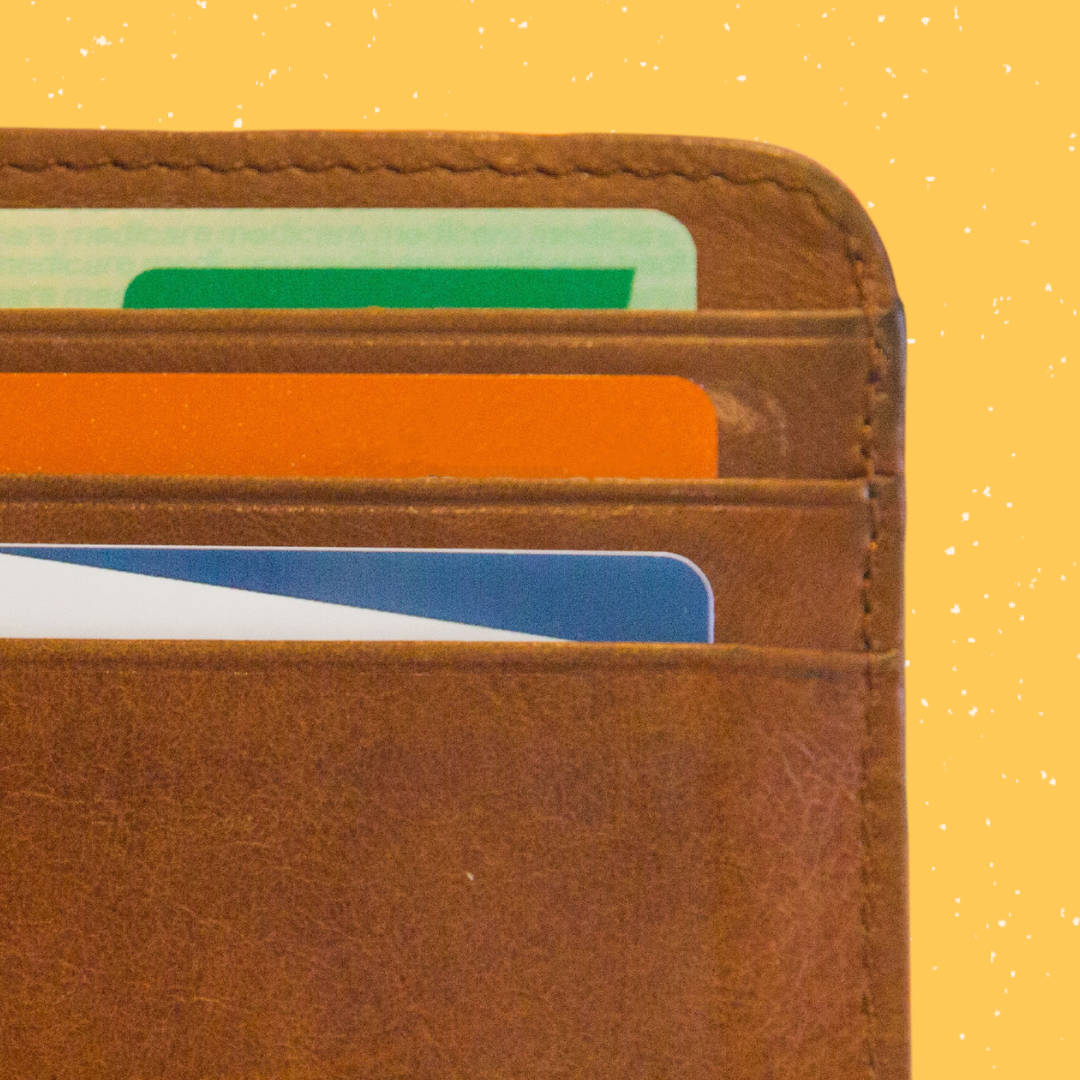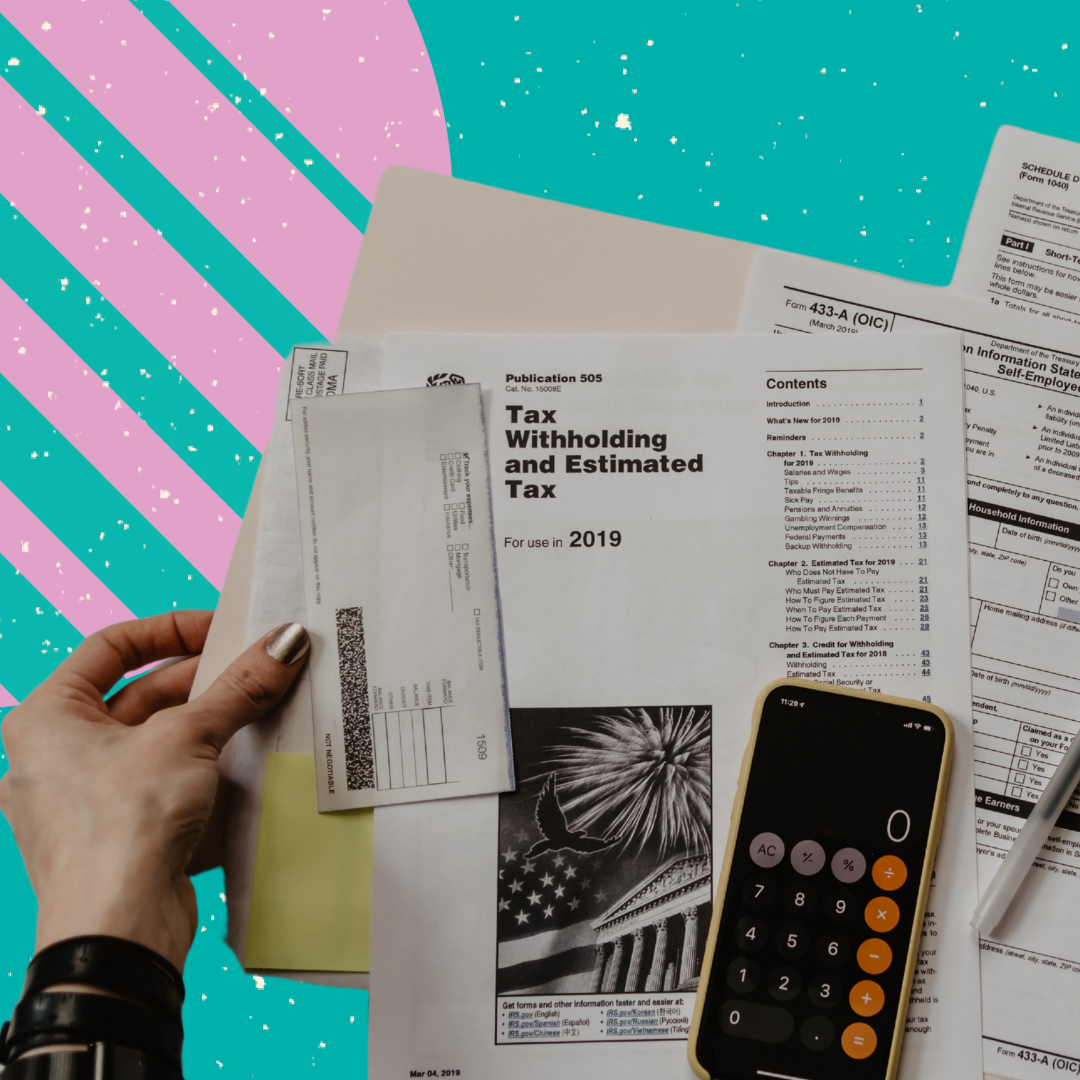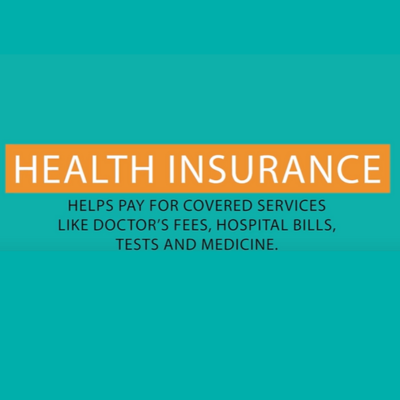The main types of financial institutions (that aren’t credit cards, but are for the money you make at your job, for example) are credit unions and banks. The first decision in your financial literacy journey is deciding which is right for you.
If you’re a minor (younger than 18) you’ll be opening a teen account. In most states – including Texas – this means that your bank account will be joined with your parent(s) or guardian(s). This just means that they will co-own the account with you and share the burden of overdrafts or fees incurred on your account. Don’t worry, though – if you’re responsible with your spending, this won’t be an issue.
The main difference between a bank and a credit union is that a bank is a for-profit financial institution, while a credit union is a nonprofit.
The main financial services a credit union offers – including loans, checking accounts and savings accounts – are also available with traditional banks.
In the most basic terms, a bank is where you store your money. When you receive a paycheck from work, you don’t carry all your money around as hard cash or stuff it all under your mattress – you deposit the money into your bank account. You can also go to the bank to take out a loan for a car, for a house, and for many other things. Banks also offer credit cards and many other miscellaneous services.
Familiar banks you might recognize are Chase, Wells Fargo, Bank of America, and others.
Pros of banks:
- Resourceful online apps, tools and features.
- Added convenience of having more branches, longer operating hours, and more resources.
Cons of banks:
- Some banks have eligibility requirements.
- Most banks’ interest rates and transaction fees are higher than those at a credit union.
Is a credit union a credit card? No, it’s like a bank! But you can get a credit card through a credit union. But before we get confused, let’s discuss what a credit union is.
Credit unions – like banks – are federally insured, so you can rest easy knowing your money is safe. Credit unions also have about 30,000 ATMs spread across the country. The average bank is about double the size of a credit union, so there’s usually a nice, personal touch to banking with a credit union. Credit unions are nonprofits governed by their members.
A credit union is very much like a bank and offers many of the same services. For example, you can get a checking account with a debit card and a savings account. You can also get a car loan, a mortgage, a home equity loan, a credit card and other types of loans through a credit union.
Familiar credit unions from around Houston that you might recognize are Houston Federal Credit Union, Member’s Choice, Smart Financial, and others.
Pros of credit unions:
- Less rigid eligibility requirements than banks.
- Lower interest rates.
- Deposits are insured in the same way as banks.
- Greater financial literacy resources.
Cons of credit unions:
- Limited financial product offerings.
- Fewer physical branches.
When you open your account at the bank or credit union of your choice, you’ll usually have both a checking and savings account available to you. When you make a deposit, you have the choice of depositing the money into either account.
Savings generally sits there, and may accrue interest over time.
The money in your checking account is attached to your debit card. So when you make a purchase with your debit card, the money you’re spending comes out of your checking account. If the money in your checking account runs low, you can use your banking app to transfer money from your savings account into your checking to prevent an overdraft.
Developing a healthy understanding of personal banking is essential, and beginning with teen checking and savings accounts can help you get a better grasp on developing skills and concepts like earning money, saving money, budgeting, spending money, and saving for the future.
Owning and using a checking account, specifically, can help familiarize you with good saving and spending habits, while making you financially independent and responsible, by teaching you how to manage money, make purchases, and pay bills efficiently.
Remember: After you open your checking account, it is your responsibility to handle and monitor it responsibly. This means knowing how much is in your account at all times, reading your statements for accuracy, and never spending more money than you have in your account.
Show yourself that you’re serious about saving for that car, that vacation, or other goals you set for yourself by growing your savings account! Funneling a little money at a time into your savings account helps you prepare to make large purchases. Even just a little bit – a few dollars a week, or a set amount per paycheck – adds up!
- You can choose a regular savings account, which is easy to set up at any bank. You can sign up for these in person (like while you’re already there to open your checking account). At some financial institutions, this type of savings account may require that you have a minimum balance in your savings account at all times.
- There are also online savings accounts which you can access from anywhere, and may offer higher interest rates.
How do you know if you’ve found the best savings account for you? Look for these good indicators:
- “Competitive interest rate” – Meaning that your money might earn a higher interest while it sits in your savings account.
- No fees.
- Ability to make automatic transfers.
- “Liquidity” – Easy access the money in your savings account in a reasonable amount of time via online transfer, ATM withdrawal, or by making an in-person withdrawal at the bank.
- Mobile access.
- Federal deposit insurance (FDIC Insured).

